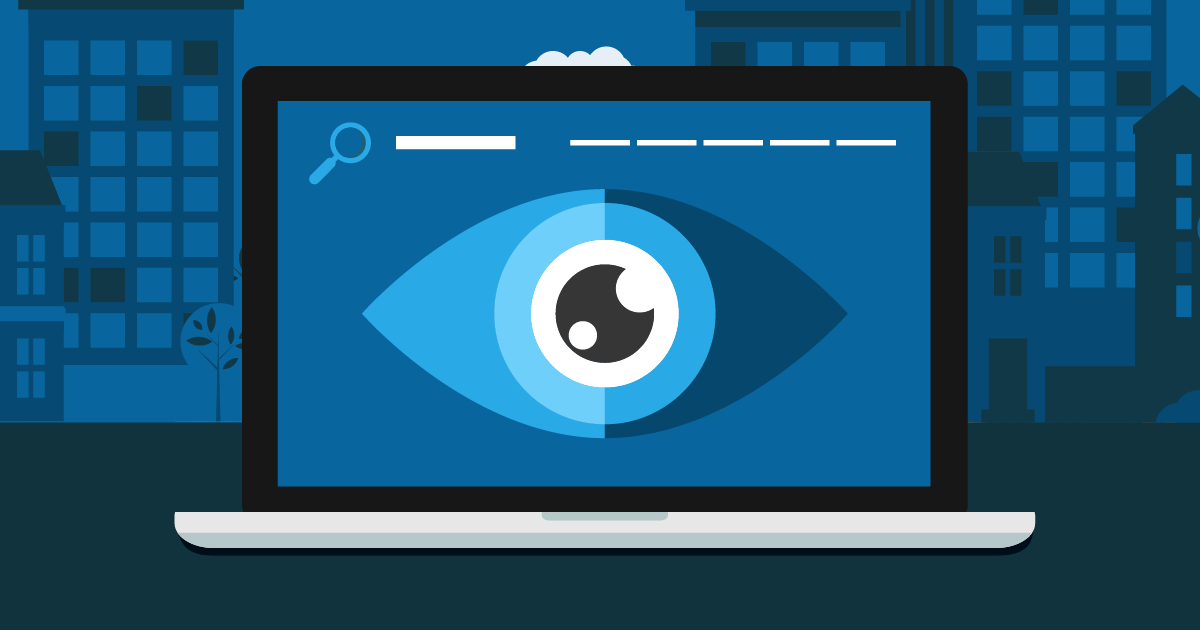Monitoring employees’ activities at work can be a delicate balance. You don’t want to intrude into people’s personal lives, but you also need to protect your company’s assets and reputation.
Many business owners are reluctant to monitor employee activities, such as computer use, physical proximity in buildings, driving habits or social media activity. However, a nonchalant attitude to such issues can damage your business.
Where do you draw the line between what’s illegal or unnecessary to monitor and what’s fair game? Here are a few tips that can help you decide what’s best for your business.
1. Use of company electronic assets
Depending on the state, it can be legal for a private company to monitor use of corporate assets, whether that is a computer, telephone or email.
The key to keeping your monitoring legally defensible is to include a computer and email policy in your employee handbook. It should clearly state that employees have no expectation of privacy while using company resources.
Employees should review the handbook and sign an acknowledgement form when first hired. However, it’s a good idea to resend the policy to employees annually to remind them of their responsibilities, as well as notify them of any changes to the policy.
2. Proximity monitoring
Some companies have a legitimate need to track where and how employees move throughout their buildings. Examples include a hospital that wants to keep unnecessary personnel out of pharmacy storage areas or a manufacturer that needs to restrict access to clean rooms.
Companies may track employees through the use of proximity cards, cameras and other devices. When using cameras, the devices must be visible and must not be placed in restrooms, locker rooms or changing rooms. In some cases, break rooms may also be considered areas where employees have a reasonable expectation of privacy.
As with electronic monitoring, cameras and other proximity recording devices should be disclosed, the reasons behind their installation explained and acknowledged in writing in employee communications.
3. Social media use
It’s a tough call whether access to social media during work hours is a legitimate source of stress relief or a huge time sink. Regardless, it’s critical for your company to publish a social media policy that outlines what is okay to share about the company.
The National Labor Relations Act gives employees freedom to discuss workplace conditions and pay. However, you can forbid the release of proprietary information related to business operations, sales figures and other confidential data.
Companies may also forbid employees from making statements on behalf of the organization, unless it’s their job to do so. In the case of public relations and marketing professionals, some companies create a different social media policy specific to those individuals’ jobs.
Should you monitor your employees?
The pros
The advantages to employee monitoring can be myriad, if you’re transparent about why you’re doing it.
For instance, employees may feel safer working at night in a warehouse district if they know someone is monitoring the parking lot and exterior doors. Those in the field may feel reassured to know a GPS tracker will alert headquarters if they don’t return to base at a certain time.
Similarly, if observations are gathered and used to improve productivity, reduce bottlenecks or to train new employees on good and bad techniques, then reception to the monitoring is likely to be understood and approved.
The cons
Employers must be careful about how intelligence is gathered, and how it is used. If employees feel like you’ve used data to work them harder without benefit to them, you’re likely to reap resentment and lower productivity.
You’ll also want to avoid knee-jerk reactions to information gathered from monitoring or you’re sure to reduce cooperation, or worse, increase turnover. No one works well if they feel like they’re under constant, oppressive surveillance.
As with all sensitive subjects, it’s vital to communicate any new, expanding and existing monitoring activities to employees. Trust your people enough to explain why any monitoring is necessary.
Most employees will understand if you clarify that mission-critical assets such as the server room are monitored by cameras and restricted to only a few personnel.
Conversely, expect your people to balk if you ban access to all social media sites after reviewing a report on their monthly Internet habits.
If your company has grown rapidly and you’ve got holes in a few or all of these areas, it is time to close these policy loopholes to protect your business. Since employee privacy and monitoring is governed by federal laws and varying state laws, consult a specialist before implementing any new policies.
Learn more about the legal issues surrounding human resources by downloading our free e-book, Employment Law: Are You Putting Your Business at Risk?


